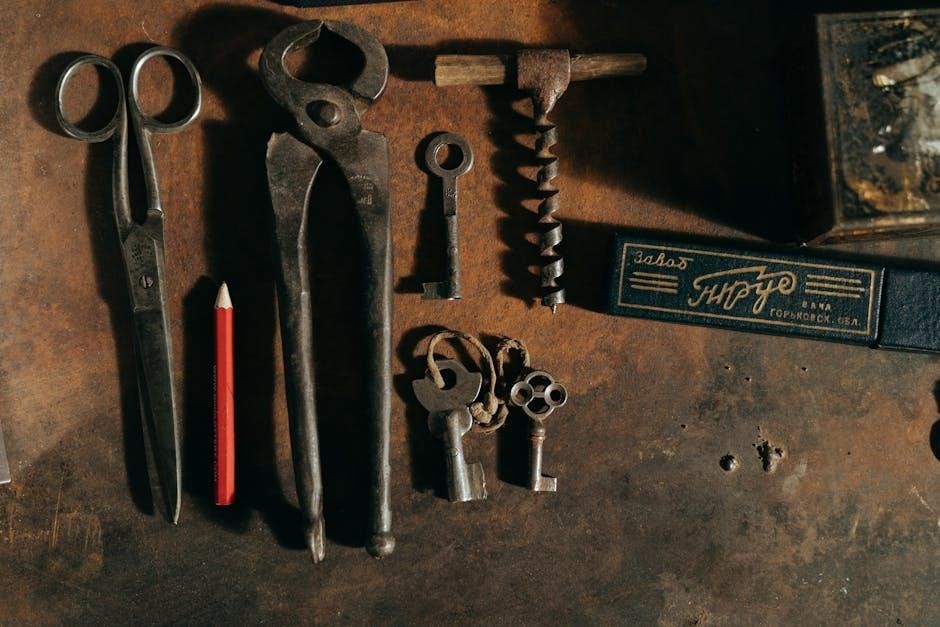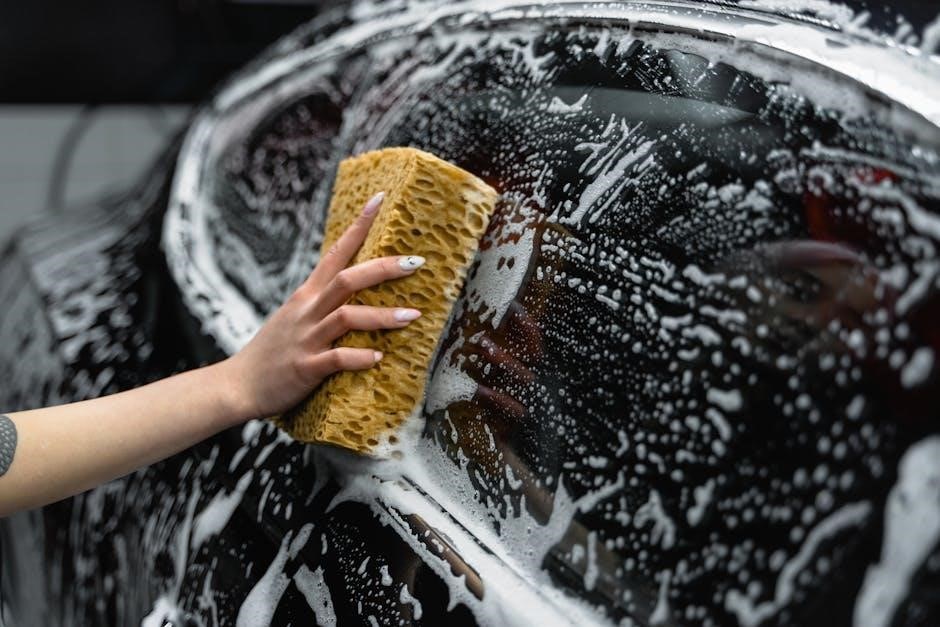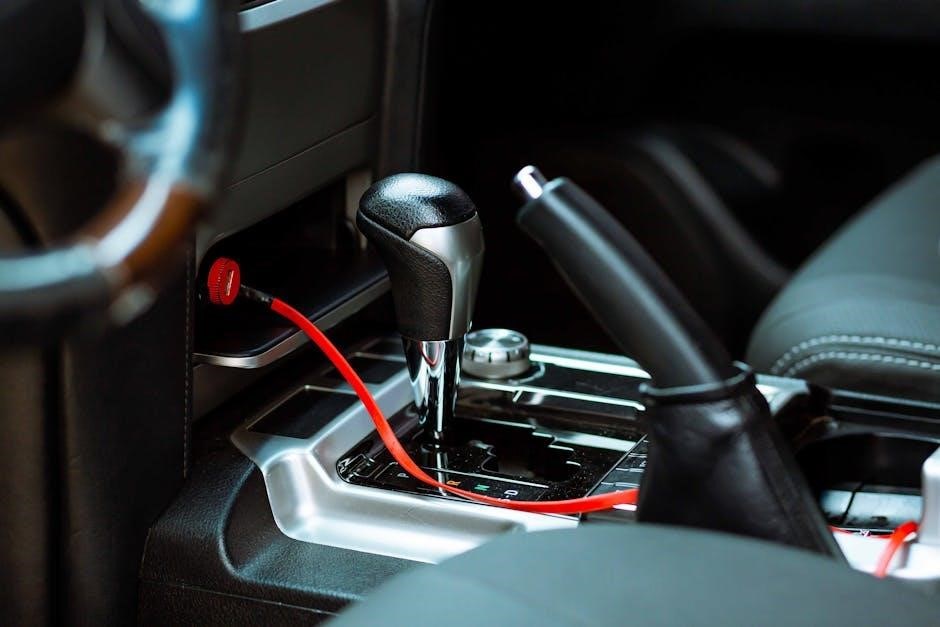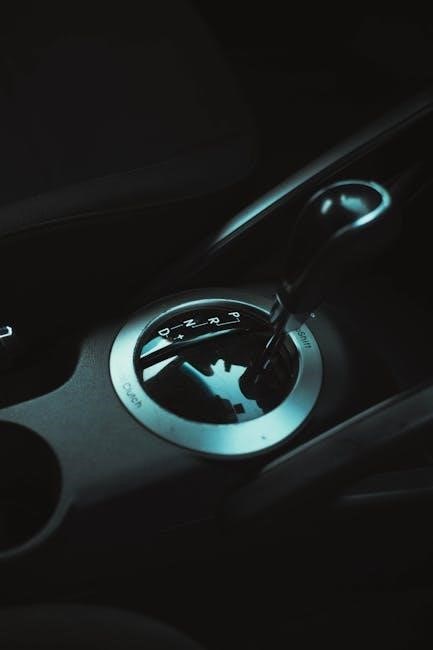
Converting from manual to automatic transmission involves significant modifications to the vehicle’s drivetrain, requiring a new transmission and other components, with costs varying depending on the vehicle and conversion complexity, using various parts and tools available.
Advantages of Automatic Transmissions
Automatic transmissions offer numerous benefits, including ease of operation and reduced stress on the engine, which can help extend its life. They can also handle more power, making them a popular choice for many drivers. With an automatic transmission, drivers do not need to manually shift gears, which can be especially beneficial in heavy traffic or hilly terrain. Additionally, automatic transmissions provide a smoother driving experience, as the transmission automatically adjusts to the optimal gear for the driving conditions. This can lead to improved fuel efficiency and reduced wear on the vehicle’s components. Overall, the advantages of automatic transmissions make them a desirable option for many drivers, and converting to an automatic transmission can be a worthwhile investment for those who want a more convenient and comfortable driving experience. The benefits of automatic transmissions are numerous and can greatly enhance the overall driving experience, making them a popular choice among drivers. Automatic transmissions are widely used in modern vehicles due to their ease of use and efficiency.

Cost of Transmission Conversion
Converting to automatic transmission costs between 300 to 3,400 dollars, depending on factors like vehicle make and transmission type, using various parts and tools available for the conversion process effectively.
Factors Affecting Conversion Cost
The cost of converting a manual transmission to an automatic transmission is influenced by several factors, including the vehicle’s make and model, the type of automatic transmission chosen, and the complexity of the conversion process.
The condition of the vehicle’s existing transmission and drivetrain components can also impact the overall cost, as well as the labor costs associated with the conversion.
Additionally, the choice of conversion method, whether it be a full conversion kit or individual components, can affect the final cost.
Other factors, such as the vehicle’s engine type and horsepower, can also play a role in determining the cost of the conversion.
The cost of any necessary repairs or upgrades to the vehicle’s drivetrain or engine can add to the overall expense.
It is essential to consult with a qualified mechanic or transmission specialist to get an accurate estimate of the costs involved in converting a manual transmission to an automatic transmission.
They can assess the vehicle’s specific needs and provide a detailed breakdown of the costs associated with the conversion.
By understanding the factors that affect the conversion cost, vehicle owners can make informed decisions about their transmission conversion project.
This information can help them plan and budget accordingly, ensuring a successful and cost-effective conversion.

Parts Needed for Conversion
Transmission, torque converter, and other components are required for a manual to automatic conversion, involving significant modifications to the vehicle’s drivetrain and engine systems, using various tools and equipment available online.
Transmission Swap Costs
The cost of a transmission swap can vary significantly, depending on the vehicle make and model, as well as the type of transmission being installed. According to online sources, the cost of a new transmission can range from 300 to 3,400. Additionally, the cost of labor and other components, such as the torque converter and transmission pan, must also be considered. Some vehicle owners have reported paying upwards of 5,000 for a transmission swap, while others have been able to find deals for as low as 2,000. It’s also worth noting that the cost of a transmission swap can be affected by the complexity of the conversion, with some vehicles requiring more extensive modifications than others. Overall, the cost of a transmission swap is a significant investment, but it can be a worthwhile one for vehicle owners who want to upgrade their transmission and improve their driving experience. The cost of the swap will depend on several factors, including the vehicle and the transmission being installed, and the labor costs of the mechanic or shop performing the swap.

Resale Value Considerations
Vehicles with manual transmissions often have higher resale value, affecting conversion decisions, with owners considering the impact on their car’s worth, using online pricing guides and consulting with dealerships and industry experts regularly always.
Conversion Complexity
The complexity of converting a manual transmission to an automatic transmission can vary greatly, depending on the vehicle make and model, as well as the type of automatic transmission being installed. Some conversions may require significant modifications to the vehicle’s drivetrain, including the installation of new crossmembers, transmission mounts, and driveshafts. In other cases, the conversion may be relatively straightforward, with minimal modifications required. The complexity of the conversion can also impact the cost, with more complex conversions typically requiring more labor and specialized tools. Additionally, the conversion may require changes to the vehicle’s electrical system, including the installation of new sensors and wiring. Overall, the complexity of the conversion is a critical factor to consider when deciding whether to convert a manual transmission to an automatic transmission. The level of complexity can impact the cost, time, and difficulty of the conversion, and should be carefully evaluated before proceeding.

Seeking Professional Advice
Consulting a mechanic or automotive specialist is crucial for accurate estimates and guidance on converting manual to automatic transmissions, ensuring a smooth process and optimal results, using their expertise and knowledge.
Upgrade Options
When considering upgrading to an automatic transmission, there are several options available, including a manual swap, which can be a cost-effective solution. This involves replacing the existing manual transmission with a new automatic transmission, and can be a relatively straightforward process. However, it’s essential to consider the compatibility of the new transmission with the vehicle’s engine and drivetrain. Additionally, the choice of automatic transmission will depend on the vehicle’s make and model, as well as the desired level of performance and fuel efficiency. Some popular upgrade options include the installation of a high-performance automatic transmission, such as a 12v with nv4500, which can provide improved acceleration and towing capacity. Other options may include the addition of advanced transmission control systems, such as paddle shifters or manual mode, which can enhance the driving experience. Overall, the key to a successful upgrade is to carefully evaluate the available options and choose the one that best meets the vehicle’s needs and the owner’s preferences. By doing so, drivers can enjoy improved performance, convenience, and overall driving satisfaction. The upgrade process can be complex, but with the right guidance, it can be a worthwhile investment.
Leave a Reply
You must be logged in to post a comment.